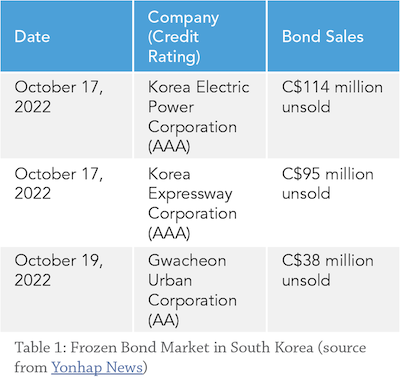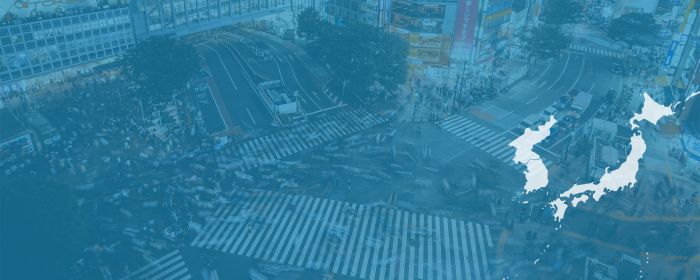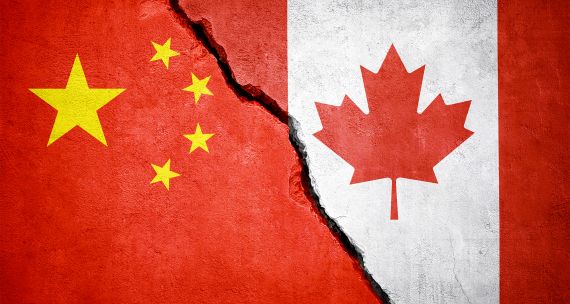The Takeaway
The recently opened Legoland theme park in Chuncheon, South Korea, became the epicentre of an ongoing financial crisis in South Korea when one of the project’s developers defaulted on October 5, 2022. Since then, the South Korean financial market has been in dire straits, battling mounting economic uncertainty and issues with liquidity.
In Brief
On September 28, 2022, Gangwon Province announced that its Gangwon Jungdo-development Corporation (GJC), which had developed the Legoland theme park, would go through a rehabilitation process. Creditors demanded payment of debts owed to them. Consequently, on October 5, GJC’s asset management company, Iwon Jeil Cha, defaulted on C$200 million (205 billion won) of debts underwritten by Gangwon Province. As Gangwon Province’s credit rating fell, related financial firms and construction companies feared going bankrupt, causing the bond market to freeze. Subsequently, liquidity problems clouded the entire financial market.
Implications
Local governments have high credit ratings because of their stable assets and significant annual budgets. Their ability to raise funds from the bond market has allowed local governments to start large development projects. However, due to Gangwon Province’s default, other local governments and their companies have found it challenging to sell their bonds, causing inevitable hikes in interest rates for their bonds. As the yield rate of a bond rises, the bond’s price falls. This means that the financial burden of local governments and companies will increase.
 Private and public companies also raise funds by selling corporate bonds. However, as fewer people have purchased gilts since late September, several companies may not be able to repay bonds on time, stalling their development projects. Smaller companies especially have been facing greater difficulties securing funds from the financial market.
Private and public companies also raise funds by selling corporate bonds. However, as fewer people have purchased gilts since late September, several companies may not be able to repay bonds on time, stalling their development projects. Smaller companies especially have been facing greater difficulties securing funds from the financial market.
On October 23, the national government intervened to ease the financial turmoil. Economic ministers gathered to rapidly devise measures to release more than C$47.6 billion (50 trillion won) into the financial market. The national government has been criticized for its delay in implementing measures, taking nearly a month to act.
What's Next
1. Hedging against further risks
Factoring in the rise in the benchmark interest rate and the Russia-Ukraine war, the balance of real estate project financing (PF) loans, estimated at C$107 billion (112 trillion won) as of June, will likely cause a series of liquidity or bankruptcy crises in 2023. The Bank of Korea (BOK) lowered South Korea’s growth projection for next year from 2.4 per cent to 2.1 per cent this August and will announce a further downward revision in November. Accordingly, local governments and various financial institutions are reviewing their PF plans and preparing reserve funds in case of default.
2. Market autonomy controversy
Analysts point out that the national government’s intervention undermines financial market autonomy. For example, the financial authorities ordered large securities firms to save C$952 million (1 trillion won) to buy corporate bonds. The financial sector complains that taking on the risk of insolvency may be a breach of trust to their shareholders.
3. Winds of gloom and doom at a crossroads
The BOK has a dilemma on its hands. Following in the U.S. Federal Reserve’s footsteps, it has retrieved money from the financial market through its tight financing policy to counteract inflation. However, the BOK is facing a situation where they have to release more and more money again. The BOK has been indirectly purchasing bad loans to provide liquidity to the financial market, which is not in line with its current monetary policy.
• Produced by CAST’s Northeast Asia team: Dr. Scott Harrison (Senior Program Manager); Momo Sakudo (Analyst); Tae Yeon Eom (Analyst).




